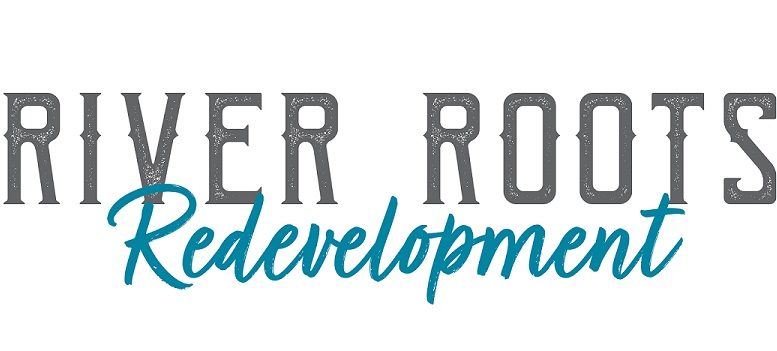Last week, we explored public space and what having abundant public space means for a community, including higher property values. This week, I want to look at what happens when property values and prices are increased without the infrastructure and other considerations needed to support working-class families, leading to a larger divide in socio-economic classes — gentrification. Gentrification is essentially the economic displacement of people by increases in housing costs and an influx of upper-class people and businesses, who can outbid lower-income households for jobs and housing and are set up for a higher cost of living.
This is a genuine concern. It’s one that I have heard from numerous people in the community, even if they never use the word “gentrification.” Beyond the fear of the unknown, many worry that by bringing in developers, investors, and tourists, property values and costs for eating out, recreation, and entertainment will go up. And a quick search of riverfront real estate would show that to be the case. So, how do we create sustainable, healthy communities without forcing out those who could benefit the most?
It starts with who we work with. The heart of redevelopment is to take what is available and use it for the betterment of the community as a whole. It is a desire to fix what we can for the present and the future of all residents. This goal should be a forefront thought for anyone working in redevelopment. Over this past year, I’ve had the opportunity to work alongside Selina Pedi-Smith and meet many people in the redevelopment community. Folks who share the same passion for the community and its residents, and who are also interested in innovation and what we can do for not only our area but to lead other communities like ours forward.
During the planning stages of redevelopment, community input is highly valued. Sometimes, developers simply don’t know of a certain need or issue in the community. That’s when public meetings, such as the recent Fox-Hunt Community Park planning meeting, come into play. Planners work to make sure that the changes will not only boost the economy but also meet the core needs of residents. The goal is a sustainable, healthy community that includes its present residents. This type of public forum is a great opportunity to have your voice heard. Bring your thoughts, ideas, and concerns and share them with those who are working to make change happen.
Often, it’s not just one project that, once completed, will meet all the needs of the community. Many things need to happen at the same time for redevelopment to be successful and to avoid gentrification. Obvious issues like vacant buildings to be filled and safety hazards to be removed are easy to spot, but to support the working class, things like amenities and infrastructure need to be addressed as well. Jobs that pay a living wage, public transportation options, communications updates and reliable internet, and affordable housing are all necessary to make a community resilient and sustainable. All the projects work together, building on each other to create a lasting, healthier community.
If you have any questions, concerns, or ideas about this or any other redevelopment topic, I’d love to hear from you at one of our weekly coffee chats! Stop in and share your thoughts during this informal public forum on Fridays in Foxburg from 1-3 p.m. at Divani. Or you can reach out through email!
Rachel Brosnahan is the Community Engagement Coordinator for River Roots Redevelopment. She can be reached by email at rachel@riverrootsredevelopment.org.









































